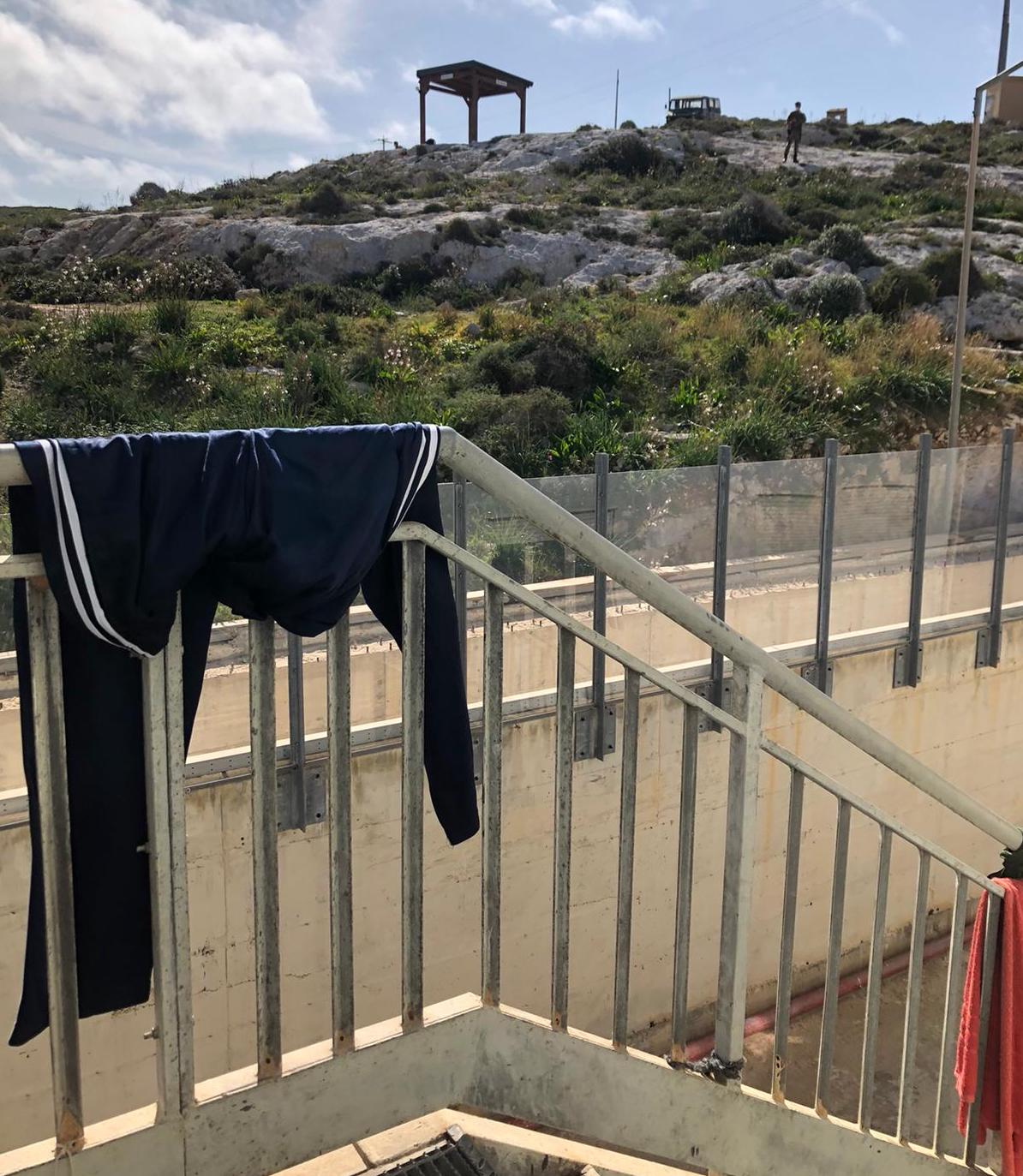Migrants screening as a criminalisation tool? The interplay between security and migration management
Posted
Time to read
Guest post by Eleonora Celoria and Valeria Ferraris. Eleonora Celoria is a lawyer and holds a PhD in law. She collaborates as a research fellow with FIERI, a migration research institute based in Turin. Her research interests concern EU and Italian asylum, mobility and detention policies. Valeria Ferraris holds an International PhD in Criminology and is an Associate Professor of Sociology of Law and Sociology of Deviance at the University of Turin, Italy. Her research focuses on migration management and control, administrative detention, and the role of courts in migration-related issues. This post is part of a thematic series on the EU Pact on Migration and Asylum, edited by Giuseppe Campesi and José Angel Brandariz. Read the introduction here.
The “Screening Regulation” is a legislative tool adopted with the EU Pact. While new, the regulation essentially re-assembles existing laws and practices already implemented at EU external borders, such as in Greek and Italian hotspots, which have frequently led to violations of migrant fundamental rights (see for instance ECtHR, M.A. and others v. Greece, A.D. v. Greece, A.R. and others v. Greece, J.A. and others v. Italy, M.A v. Italy, A.B. v. Italy, A.S. v. Italy).
The new regulation combines the duty for EU Member States to carry out initial checks on migrants who lack valid entry documentation and those seeking asylum, with the obligation to channel them into the only options of asylum, rejection, or return procedures. The screening process has to be conducted either upon arrival at external borders (lasting up to seven days), or within the territory, whenever the police encounter individuals residing irregularly and not previously identified (to be completed within three days).
The screening procedure at the border definitively blurs the line existing between irregular migrants and asylum seekers, since both groups are to be ‘screened’ and can therefore be kept at the border under a fiction of non-entry. However, the regulation only requires Member States to lay down provisions in their national law to ensure that migrants ‘remain available to the authorities’ responsible for carrying out the checks: it does not regulate the use of coercive measures in the context of the screening. By refusing to lay down clear grounds and conditions for detention, the regulation could open up space for the de facto detention of migrants, as it has already happened in Italy in recent years (see for instance J.A. and others v. Italy).
Moreover, the screening is deemed to take place in locations ‘generally situated at or in proximity to the external borders or, alternatively, in other locations within its territory’. It seems difficult to reconcile such a provision with the application of a generalised fiction of non-entry, which is based on the prescription that migrants involved in the screening at the border ‘shall not be authorized to enter the territory of a Member State’. This application to all migrants involved in the screening – including when the people are in ‘locations within the territory’ – is yet another manifestation of the efforts of qualifying asylum applicants as ‘intruders’ at the borders: according to the European Parliament, Member States have so far mainly used of the fiction of non-entry as a tool to enforce deportations and refusal of entry and not in the context of asylum.
The elements of the screening include identification procedures, health checks, security checks, and vulnerability assessments. With the exception of the vulnerability assessment, most of the other checks were already mandated by the Schengen Borders Code, which however established a right to access to the territory for people in need of international protection. As soon as migrants are identified and checked, all the relevant information must be registered in a ‘screening form’, as well as in Eurodac. Both instruments present a number of challenges. On the one hand, the screening form does not seem to be a final act subject to judicial review, even though it may have significant consequences for the subsequent procedures involving the person (i.e. based on the module, the person could remain in detention the border under an asylum border procedure, or could access the territory for an ordinary asylum procedure). On the other hand, the registration of information in Eurodac may also have substantive implications since – as noted here – the database has evolved into a tool for identifying and monitoring (secondary) movements within the EU.

Security checks are performed by consulting national and European databases related to immigration and crime prevention. These include not only those of Interpol and Europol but also the six databases that form the basis of the interoperability system, as well as national ones. If there is a “hit” in one of those systems, authorities can label the person as a ‘security risk’ from their entry into the territory. Those who are considered a ‘threat’ to internal security can be detained both during the asylum and the return procedures, including when they are unaccompanied minors. Moreover, asylum applications of these people have to be mandatorily carried out under an accelerated border procedure, as set up by the new Asylum Procedure Regulation.
The widespread use of law enforcement databases to manage the arrival of migrants at EU borders reinforces public perception of migrants as ‘criminals’, while enabling the sharing of third country nationals’ data with law enforcement agencies, despite these individuals having no prior criminal involvement. As it happened already in Italy and Greece, migrants’ biometric data could be routinely collected by Europol in the context of anti-smuggling operations, leading to the criminalization of both migrants and those acting in solidarity with them. For instance, Balkan Insights has revealed that between 2016 and 2021 Frontex’s collection of migrants’ biometric data immediately upon their arrival to Europe resulted in the transfer of personal information of over 11,000 individuals. Despite migrants not being under investigations, their information was improperly stored in Europol. Moreover, the new Screening Regulation allows migrants checked at the borders and within the territory to registered as a ‘security threat’ in Eurodac, despite the regulation does not contain a proper definition of the concept of “threat to internal security”(see post on Eurodac).
The risks of abuse of the concept of ‘national threat’ are particularly concerning with regard to the screening within the territory. Several organisations noted that the obligation to identify and register those labelled as “illegally staying within their territory” could increase the utilisation of racial or discriminatory profiling. Moreover, the obligation to carry out a security check combined with the broad definition of “threat to internal security” could lead the law enforcement agencies to ‘flag’ foreign nationals as dangerous just merely on the ground of standardised reasonings, and even when no formal charge has been brought against the person. Analysing the use of administrative detention in Italy, scholars have argued that the legal categories of ‘risk’ and ‘danger’ have become central in immigration control, while detention and deportation are increasingly used by law enforcement agencies as alternative methods of crime prevention.
Similarly, the new Screening Regulation requirements appear to serve law enforcement agencies in controlling what has been defined as “dangerous mobility”, outside the scope and strict rules of criminal law. The new regulation thus exemplifies how administrative immigration information increasingly intersects with criminal justice systems at the EU level, contributing to what scholars describe as an “(in)security continuum”, where immigration control and law enforcement become intertwined.
We are, therefore, faced with a manifestation of the preventive turn in the Union's policies, which only confirms the full realization of the hybridization of criminal and immigration law and policies, defined almost 20 years ago as crimmigration.
How to cite this blog post (Harvard style):
E. Celoria and V. Ferraris. (2025) Migrants screening as a criminalisation tool? The interplay between security and migration management. Available at:https://blogs.law.ox.ac.uk/border-criminologies-blog/blog-post/2025/03/migrants-screening-criminalisation-tool-interplay. Accessed on: 29/03/2025Share
YOU MAY ALSO BE INTERESTED IN
With the support of











